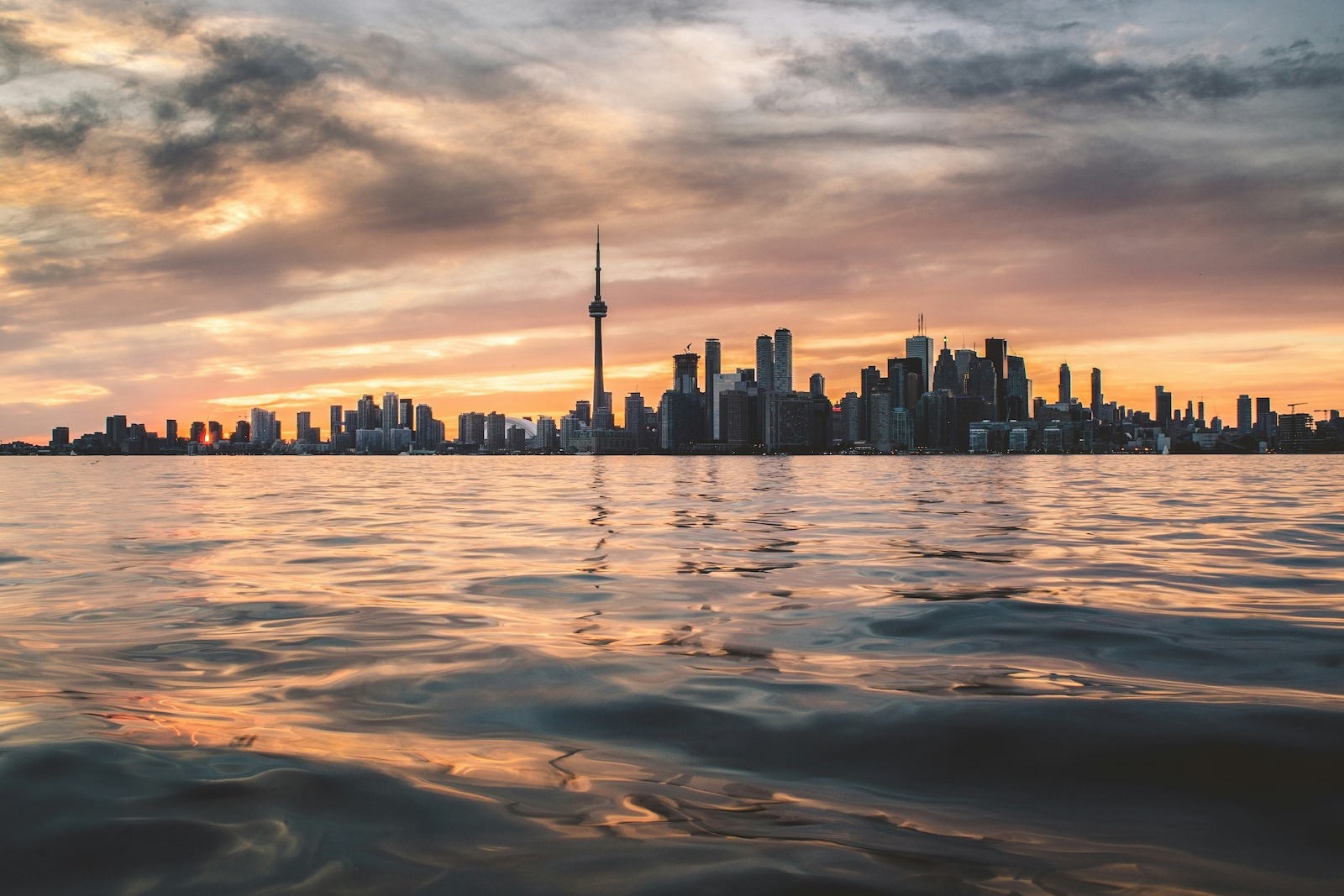Perched between the Caribbean Sea, the Gulf of Mexico and the Atlantic Ocean, Cuba offers the trip of a lifetime for those looking to immerse themselves into a new culture and learn about its complicated past (as well as enjoying the white sand beaches too).
This tropical nation resides in the Caribbean, its main island is the largest in the region and holds the second-highest population. Cuba itself is made up of 4000 islands, islets and cays, home to pristine beaches, mountain ranges, deep caves and flourishing coral reefs. The weather is generally warm all year-round, with summers being exceedingly hot, creating the perfect climate for multiple exotic species! Expect to see colourful birds, sun-bathing crocodiles, majestic dolphins and peculiar mammals on your adventures.
This list jumps into a whirlwind tour around the main island, pointing out the top spots of interest whether you’re after history, culture or awe-inspiring views!
Havana
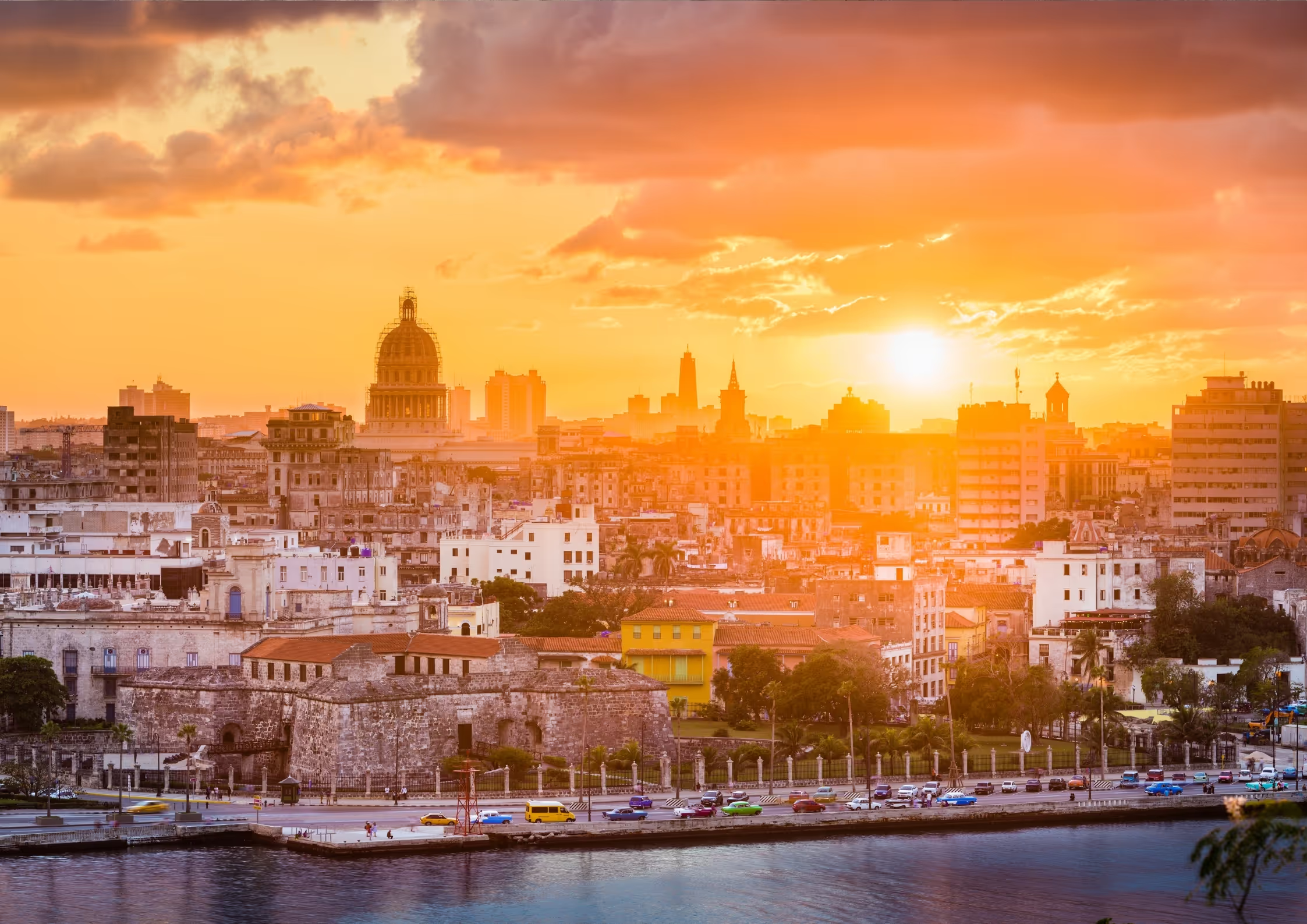
The capital city of Havana is striking with its colourful buildings that offer a distinct reminder of its colonial past as Spanish influence can be discerned from the stunning architecture and presence of Catholicism. The ornate Catedral de San Cristobal found in the Baroque Old Town has since become a major tourist attraction and UNESCO world heritage site. The impressive Castillo de la Real Fuerza also makes for an exciting trip, originally built to fend off pirates, it has now opened to the public as a maritime museum.
Make sure to also keep an eye out for the thousands of classic cars that drive around the city. Due to the trade embargo between the US and Cuba upon Fidel Castro’s takeover in 1959, no new cars entered the country...so they took care of the ones they already had and they look gorgeous!
For those looking for a good time, Havana is also famed for its nightlife, music and of course, Cuban rum and cigars. If you're looking to check out the best of Cuban cigars, make sure to try Cohiba cigars or Partagas cigars. Cohiba cigars in particular are pretty young and famed for their extraordinary taste.
The Beaches

Varadero is a gorgeous beachside town that rests on the incredibly thin, long strip of the Hicacos Peninsula. Clad in palm trees, luxurious resorts and white sand, this slice of elegance provides the ultimate spot for travellers, particularly families, looking for a pitstop to have fun and recharge. This small strip is geared toward tourism, so whilst services will be outstanding, do not expect an authentic cultural experience.
Cayo Levisa is a small Cay that can only be accessed via a 35-minute boat ride from Palma Rubia. With a perimeter of 4.2 kilometres, there is no short supply to the wonderfully quiet beaches. There is a single hotel on the isle, Hotel Cayo Levisa, which has multiple bungalows on the seafront with stunning vistas. With this, they also provide a restaurant and a diving centre with 21 approved sites. Yet, despite this, Cayo Levisa still feels incredibly tranquil, an escape from the bustle of the cities and the jabber of too many holiday-goers.
The Bay of Pigs is an infamous spot brimming with history. This natural inlet on Cuba's South coast gained its notoriety for the failed US-funded invasion attempt led by exiled Cubans to depose Fidel Castro. It was this event that catalysed tensions to near breaking point in the Cold War, resulting in the Cuban missile crisis the very next year. If it's history you're after, be sure to visit Museo Nacional de las Intervenciones for a glance into Cuba's military defences of the past.
Cave of Santo Tomás

Named after Saint Thomas the Apostle, Cuevas de Santo Tomas is the longest set of caves in Cuba. This natural underground superstructure is 46km in length, filled with stalagmites, stalactites and even bats, making it one serious labyrinth! These caves also harbour historical significance as ancient indigenous drawings can be found scrawled on walls and slaves also sought refuge in the caves when escaping from sugar plantations. Tours are offered with a guide that can be booked in Viñales.
Trinidad

The fact that the entirety of Trinidad is recognised as a UNESCO heritage site should tell you enough about the historical prowess and authenticity of this incredibly well-preserved colonial city. The best place to begin is the central La Plaza Mayor which exudes opulence with its baroque architecture, packed full of museums that display all manner of fine arts from the period. It is also worth venturing to the outskirts of the city to the Valle de Los Ingenios which at one point had over 50 sugar plantations and a horrifying 30,000 slaves working the land at one given time. Visitors can have an unfiltered, sombre experience by taking the steam train ride out to Manaca Iznaga, one of the few plantations with buildings still standing and learn first-hand about the dark truth as to how the lavish colonial buildings were paid for - on the backs of slaves. Mountain ranges, beaches and national parks are all within a distance of Trinidad too, for an expansive experience.
Sierra Maestra
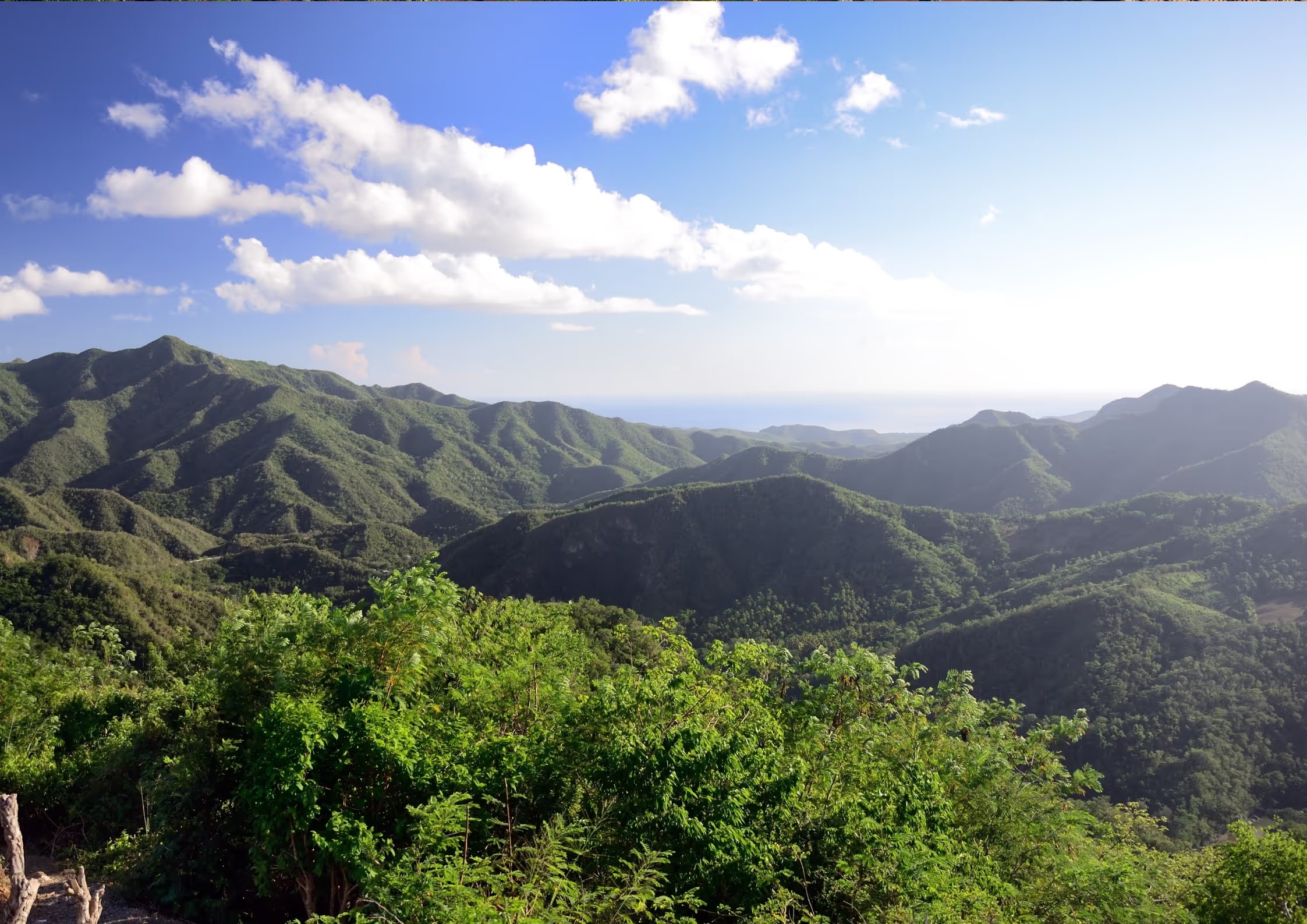
Right on the coast of the southeast region of Cuba, the impressive mountain range of Sierra Maestra rises above the Caribbean sea. Clad in luscious greenery, these verdant hills are spread across 150 miles of Cuban coastline, offering adventure and beauty for those willing to seek it. Cuban Adventures provide travel, accommodation and two trek options that cover ground within the heart of the mountain range. The first is graded as difficult and is named after the range’s highest point, Pico Turquino. This 26km walk is for the adventurers amongst us, marching up to the 1974 metre peak which is worth the hard work with spectacular views of Cuba and the sapphire waters that surround her. The second option is Comandancia de la Plata, an 11km walk up 1500 metres to an old military base. This trek is the easier option of the two, but it is worth noting that both are very physically demanding.
Castillo de San Pedro del Morro

Not too far from the Sierra Maestra mountains, this man-made equivalent towers over the seafront. A stylish yet intimidating fortification looms guarding Santiago’s port, it was built in the 17th century and was planned to act as a defence against pirates but has mainly served as a prison over the centuries. With a European renaissance design, this bastion enforced fortification is a living piece of history. The castle today has become a historical museum, highlighting the fortresses’ defence against pirates and invaders. The lighthouse at the forefront of the base can be climbed for an extra small fee for views of the ocean.
Viñales
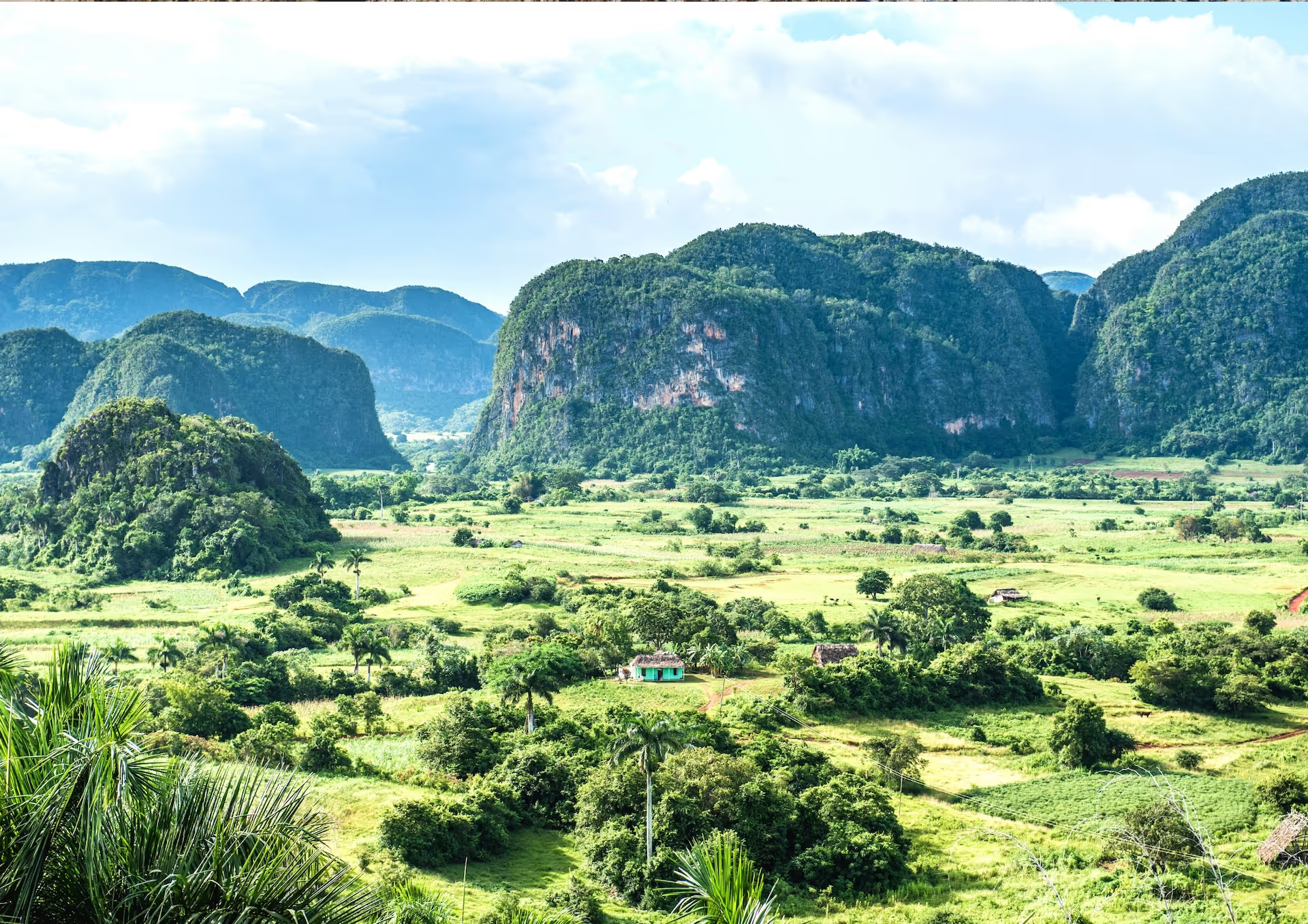
The Valley of Viñales offers a rustic rural experience with some of the most idyllic, unique vistas across the entire nation. The region is not far from the bustling city of Havana, leaving the busy streets, almost travelling back in time as you drive into the agricultural land and see the rolling hills rise around you. One of the top tourist activities is to trek and see the valley’s landscape, not on foot, but on horseback! Horse Riding in Vinales offer tours on horseback for those staying out in the region, or day trips for those staying in Havana. The six-hour tour includes exploring underground caves, visiting tobacco plantations and even learning how to roll a cigar!
Starting from Skratch? Here Are a Few Tips to Get Started:
https://www.britannica.com/place/Cuba






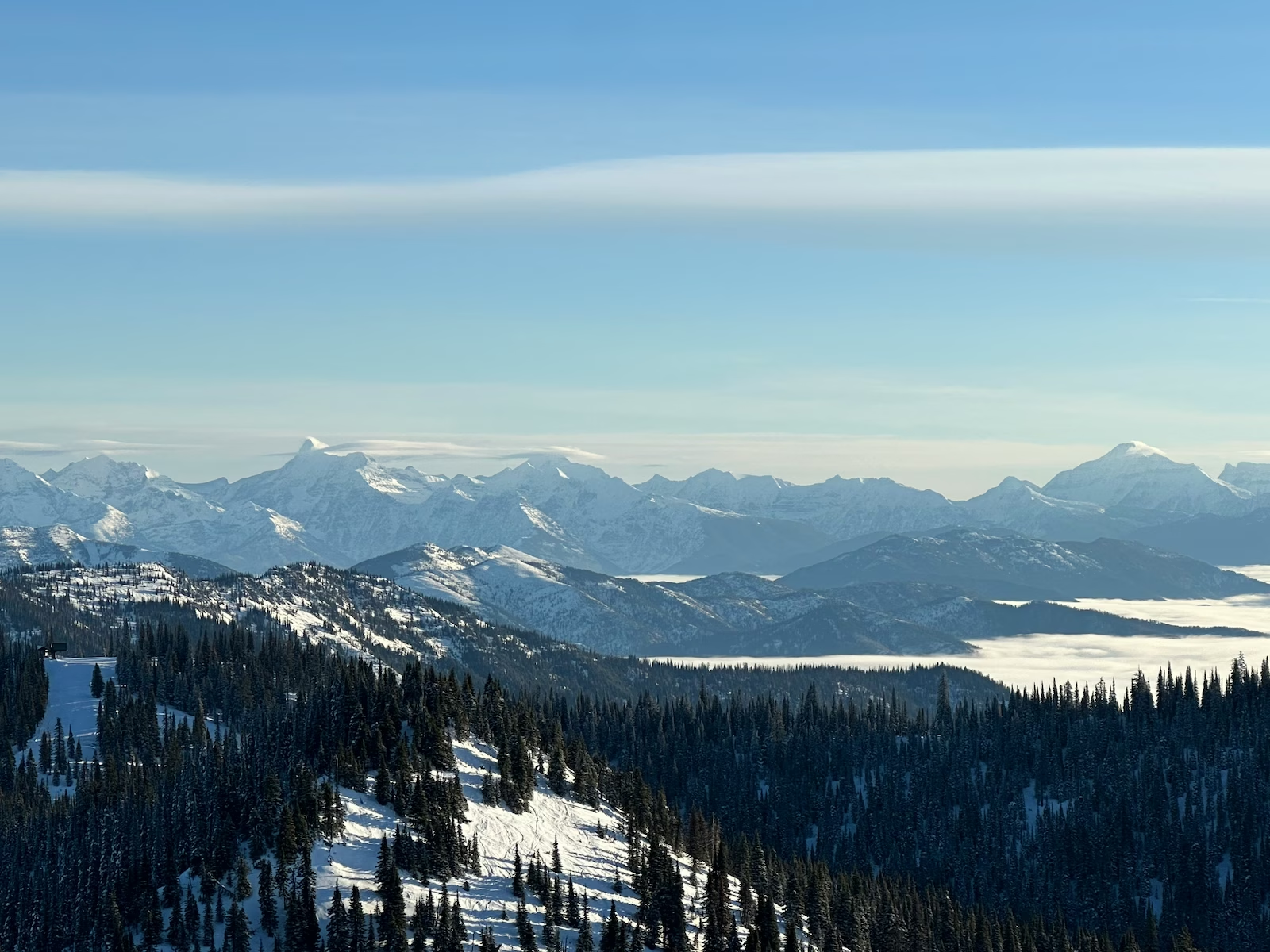


.avif)
.avif)

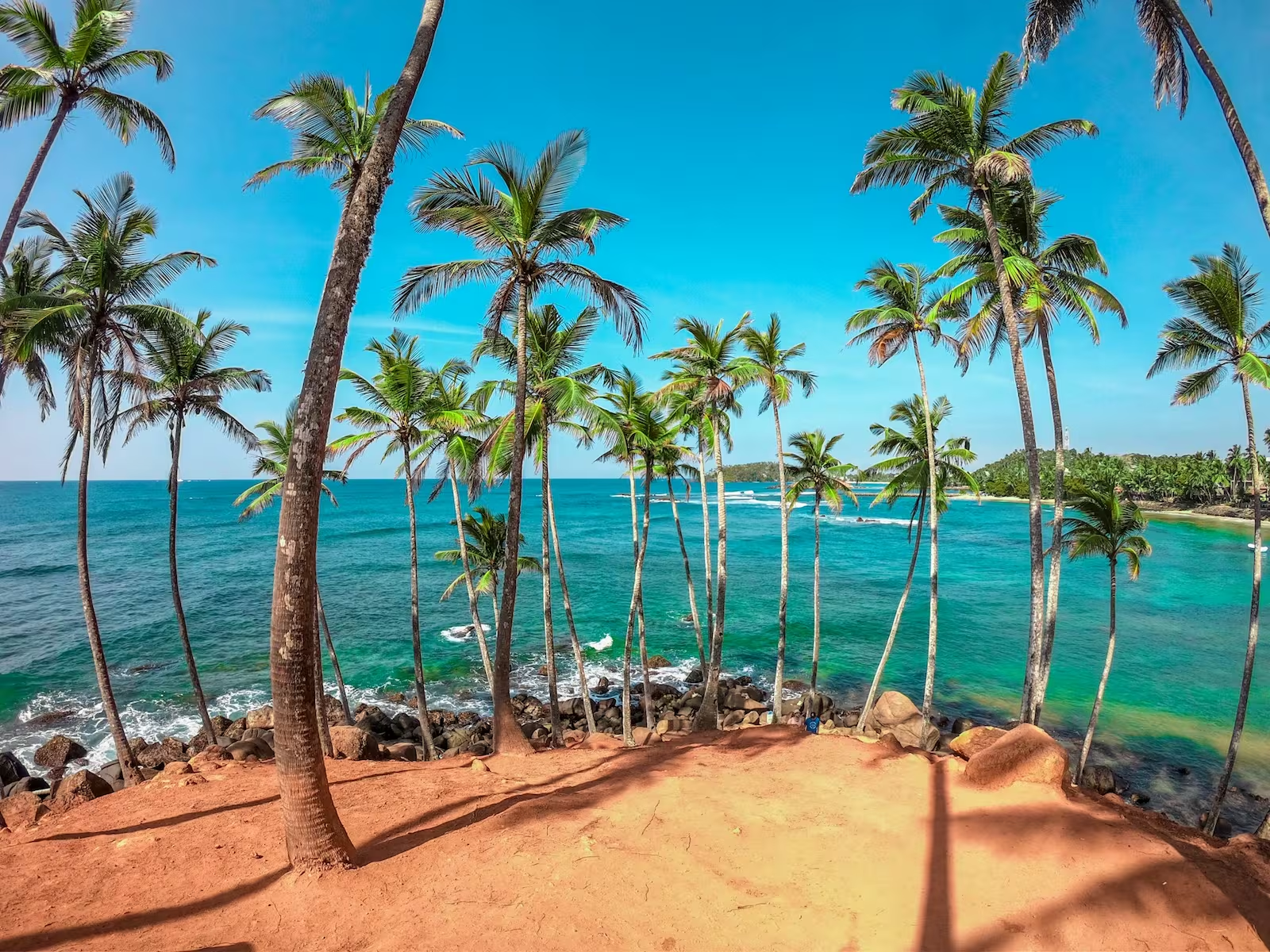

.jpg)
